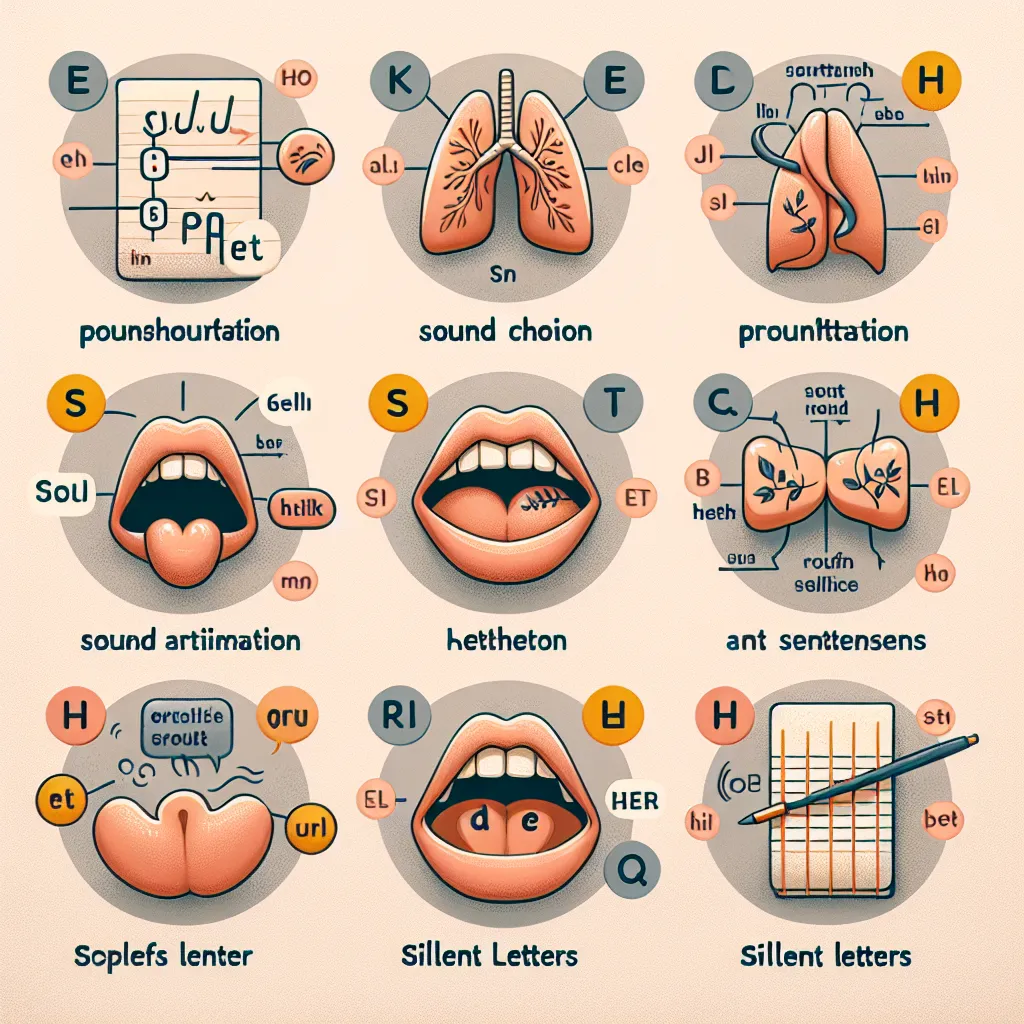Are you struggling with English vowel sounds? You’re not alone. Many learners find vowels challenging due to their subtle differences and variations across accents. This comprehensive guide will equip you with effective strategies to improve your English vowel pronunciation, helping you speak more clearly and confidently.
Why English Vowel Pronunciation Matters
Accurate vowel pronunciation is crucial for clear communication in English. Vowels are the backbone of syllables and often carry the stress in words. Mispronouncing vowels can lead to misunderstandings or even change the meaning of words entirely.
 English Vowel Chart
English Vowel Chart
The Basics of English Vowels
English has 20 vowel sounds, including both monophthongs (single vowel sounds) and diphthongs (gliding vowel sounds). Understanding these distinctions is key to mastering pronunciation.
- Short vowels: /ɪ/, /e/, /æ/, /ʌ/, /ʊ/, /ɒ/, /ə/
- Long vowels: /iː/, /ɜː/, /ɑː/, /uː/, /ɔː/
- Diphthongs: /eɪ/, /aɪ/, /ɔɪ/, /əʊ/, /aʊ/, /ɪə/, /eə/, /ʊə/
Common Challenges in Vowel Pronunciation
- Distinguishing between similar sounds (e.g., /i:/ in “seat” vs. /ɪ/ in “sit”)
- Producing sounds that don’t exist in your native language
- Maintaining consistent vowel length
- Adapting to different English accents
Effective Techniques for Improving Vowel Pronunciation
1. Focus on Mouth Positioning
Pay close attention to the shape and position of your mouth when producing vowel sounds. For example:
- For /i:/ (as in “see”), spread your lips wide
- For /u:/ (as in “blue”), round your lips tightly
- For /æ/ (as in “cat”), open your mouth wide and lower your jaw
Practice in front of a mirror to visualize these differences.
2. Use Minimal Pairs
Minimal pairs are words that differ by only one sound. They’re excellent for training your ear and mouth to distinguish between similar vowels. Try these exercises:
- “ship” vs. “sheep” (/ɪ/ vs. /i:/)
- “cup” vs. “cap” (/ʌ/ vs. /æ/)
- “fool” vs. “full” (/u:/ vs. /ʊ/)
Listen to native speakers pronouncing these pairs and practice repeating them.
3. Utilize the Phonemic Chart
The phonemic chart is a valuable tool for visualizing and learning vowel sounds. Study it regularly and use it as a reference when learning new words.
 Phonemic Chart Practice
Phonemic Chart Practice
4. Listen and Repeat
Expose yourself to native English speech through podcasts, audiobooks, and TV shows. Pay special attention to vowel sounds and try to mimic what you hear. For more tips on using audiobooks to improve pronunciation, check out our article on how to master pronunciation through listening to audiobooks.
5. Record Yourself
Record your speech and compare it to native pronunciations. This helps you identify areas for improvement and track your progress over time.
6. Practice Vowel Length
English vowels can be short or long, and this distinction is important for clarity. Practice holding long vowels for a longer duration:
- Short: “bit” vs. Long: “beat”
- Short: “full” vs. Long: “fool”
7. Use Online Resources
Take advantage of online pronunciation guides, YouTube tutorials, and language learning apps that focus on vowel sounds. Many offer interactive exercises and instant feedback.
Common Vowel Pronunciation Errors and How to Fix Them
-
Confusing /i:/ and /ɪ/
- Error: Pronouncing “ship” as “sheep”
- Fix: Practice the mouth position – relaxed for /ɪ/, tense for /i:/
-
Mispronouncing the schwa /ə/
- Error: Over-emphasizing unstressed syllables
- Fix: Listen for the neutral, relaxed sound in words like “about” and “pencil”
-
Struggling with diphthongs
- Error: Pronouncing “go” as “goo”
- Fix: Practice the glide from one vowel sound to another
-
Misusing vowel length
- Error: Shortening long vowels or lengthening short ones
- Fix: Exaggerate the length difference initially, then refine
-
Substituting native language vowels
- Error: Using vowel sounds from your first language
- Fix: Focus on the unique qualities of English vowels
For more in-depth guidance on achieving a natural English accent, visit our article on pronunciation tips for achieving a natural English accent.
The Phonemic Chart and Commonly Mispronounced Words
Understanding the phonemic chart is crucial for mastering English vowel pronunciation. Here’s a quick reference to the vowel sounds:
- Front vowels: /i:/, /ɪ/, /e/, /æ/
- Central vowels: /ə/, /ɜ:/, /ʌ/
- Back vowels: /u:/, /ʊ/, /ɔ:/, /ɒ/, /ɑ:/
- Diphthongs: /eɪ/, /aɪ/, /ɔɪ/, /əʊ/, /aʊ/, /ɪə/, /eə/, /ʊə/
Here are 10 words that are often mispronounced due to vowel errors:
- “Comfortable” – Often mispronounced as “comf-ter-ble” instead of “cumf-ta-bl”
- “Wednesday” – The first ‘e’ is silent: “wenz-day”
- “Determine” – The ‘i’ should be a schwa: “di-tur-min”
- “Clothes” – The ‘o’ is pronounced as a long ‘o’: “klohz”
- “February” – Both ‘r’ sounds should be pronounced: “feb-roo-er-ee”
- “Pronunciation” – Note the ‘nun’ syllable, not ‘noun’
- “Inherent” – Stress on the second syllable: “in-her-ent”
- “Sixth” – Practice the ‘ks’ sound: “siksth”
- “Coup” – Pronounced like “coo,” not “coop”
- “Niche” – Can be pronounced as “neesh” or “nitch”
Practice these words regularly, focusing on the correct vowel sounds and stress patterns.
Conclusion
Improving your English vowel pronunciation takes time and practice, but with these techniques and consistent effort, you’ll notice significant improvements. Remember to listen carefully, practice regularly, and don’t be afraid to ask for feedback. For more comprehensive strategies on enhancing your overall pronunciation, explore our guide on pronunciation tips for improving English clarity.
Keep challenging yourself with new words and sounds, and soon you’ll be speaking English with greater confidence and clarity. What’s your biggest challenge with English vowel pronunciation? Share your experiences in the comments below!




